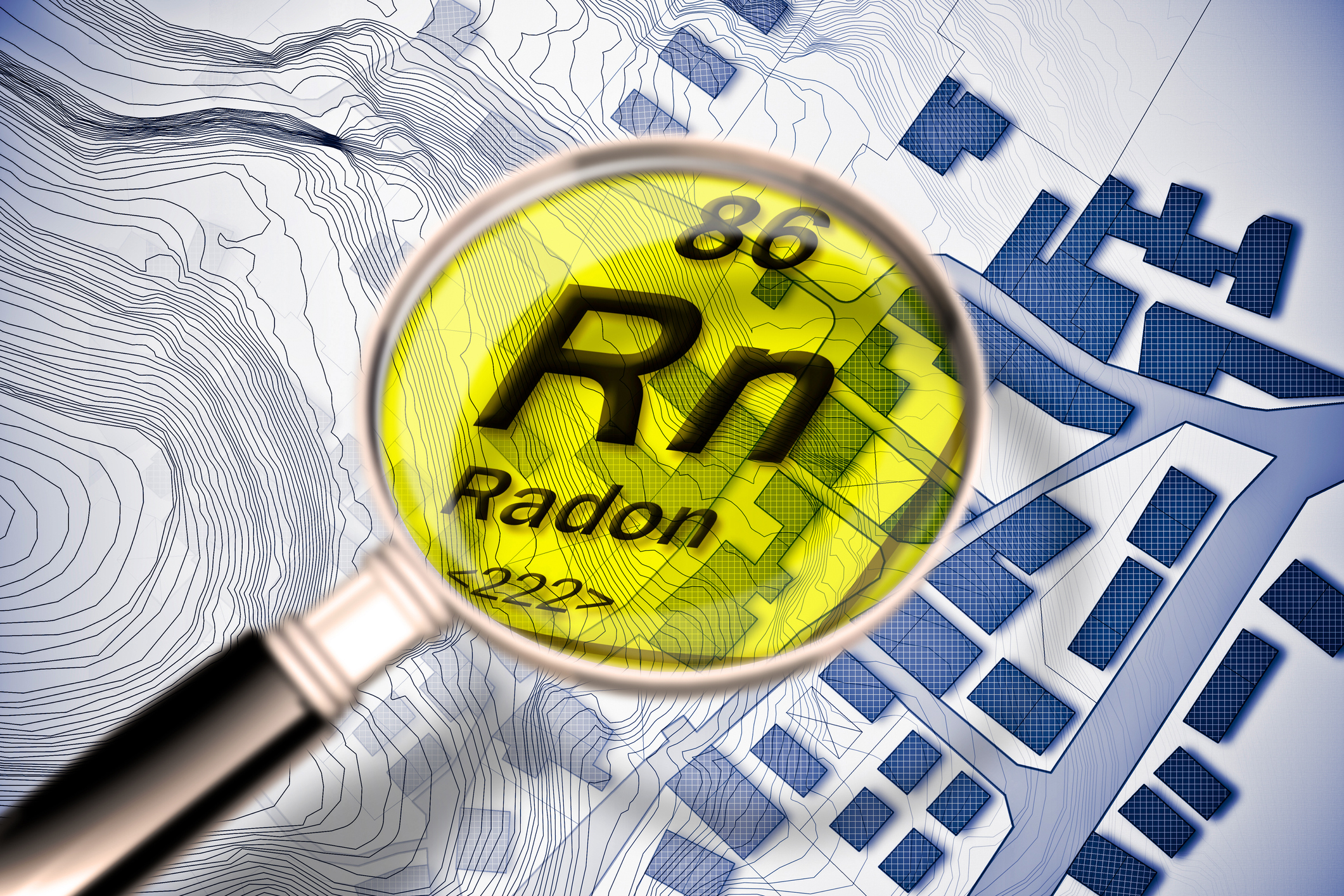It's a New Day in Public Health.
The Florida Department of Health works to protect, promote, and improve the health of all people in Florida through integrated state, county, and community efforts.
Radon Month
January 06, 2021

Have You Tested Your Home for Radon?
You may already know that smoking is the number one cause of lung cancer in the United States. But do you know what’s number two?
The answer is radon, an invisible, radioactive gas—and if you didn’t know, you’re not alone.
“Radon is a serious public health problem, and a lot of people don’t know about it,” says Robert Whitcomb, PhD, at the Centers for Disease Control and Prevention. He says it’s estimated to cause over 20,000 lung cancer deaths each year in the U.S, and that 1 out of 15 homes have dangerously high radon levels.
But many of the people living in those homes don’t have any idea, Whitcomb says. That’s not surprising, because unlike tobacco smoke, radon isn’t something you can see. You can’t smell or taste it either.
“Testing your home for radon gas is the only way to know if it’s a risk,” says Whitcomb. “The good news is that it’s very easy to do.”
Invisible Invader
Radon gas forms naturally in the ground. Most radon mixes harmlessly with outdoor air, and we all breathe in low levels every day, Whitcomb says.
The problem is when radon from underground seeps into a home through cracks and gaps in the foundation and gets trapped inside. Breathing indoor air with high radon levels can—over time—damage lungs and lead to cancer.
Meghan Porter, of Elma, Washington, decided to test her home almost by chance. She learned about radon at her new job—with the Washington Tracking Network (WTN)—and decided to pick up a testing kit.
“Until then, I’d never even heard of radon,” she says.
She was surprised by the results. Radon levels were dangerously high in her basement—specifically in her 9-year-old daughter’s bedroom.
“If I didn’t have that job, it never would have crossed my mind to test,” she says. “I had no idea that radon was something that could be in my home.”
Why You Should Test Your Home
In Florida, 1 in 5 homes tested has elevated radon levels. Radon can really be a problem anywhere, Whitcomb says. It can be a risk in small homes and big homes, old homes and new homes.
“You can even have two almost identical houses right next to one another,” says Whitcomb. “One will have low radon levels while the other is very high. That’s why everyone needs to test.”
January is National Radon Action Month and a Good Time to Take Action
Testing your home is the only way to find out if you have a radon problem. You can buy a testing kit online or at your local hardware store for just $10 to $20. You can also request a free kit—available while supplies last—from the Florida Radon Program.
This FloridaHealth.gov feature story is provided by the Florida Department of Health’s Office of Communications. It can be reused without permission.
Sources: The Centers for Disease Control and Prevention and the U.S. Environmental Protection Agency.
Fixing Radon Problems
“If you find out that you have high radon levels, it can be scary,” says Whitcomb. “But addressing the issue is often simpler than homeowners expect.”
The key is to work with an expert who can help guide you, Whitcomb says. You can call your state’s radon office to get the name of someone who can offer advice.
Some radon issues need the help of a mitigation contractor — a specialist in fixing radon problems. They may use approaches like sub-slab depressurization: installing a pipe that sucks radon from the ground under the house and sends it into the outside air, where it’s harmless.
“High radon levels are a clear threat to your health,” Whitcomb says, “but the solutions are clear too. If you test your home and find out you have a problem, you can fix it.”
Porter says she feels lucky to have found out about the radon in her home, and she now urges neighbors, family, and friends to test their homes too.
“I tell people that nobody knows what’s under their house, so they don’t know if they have radon unless they test,” she says. “It’s cheap too — so why not do it?”



Connect with DOH